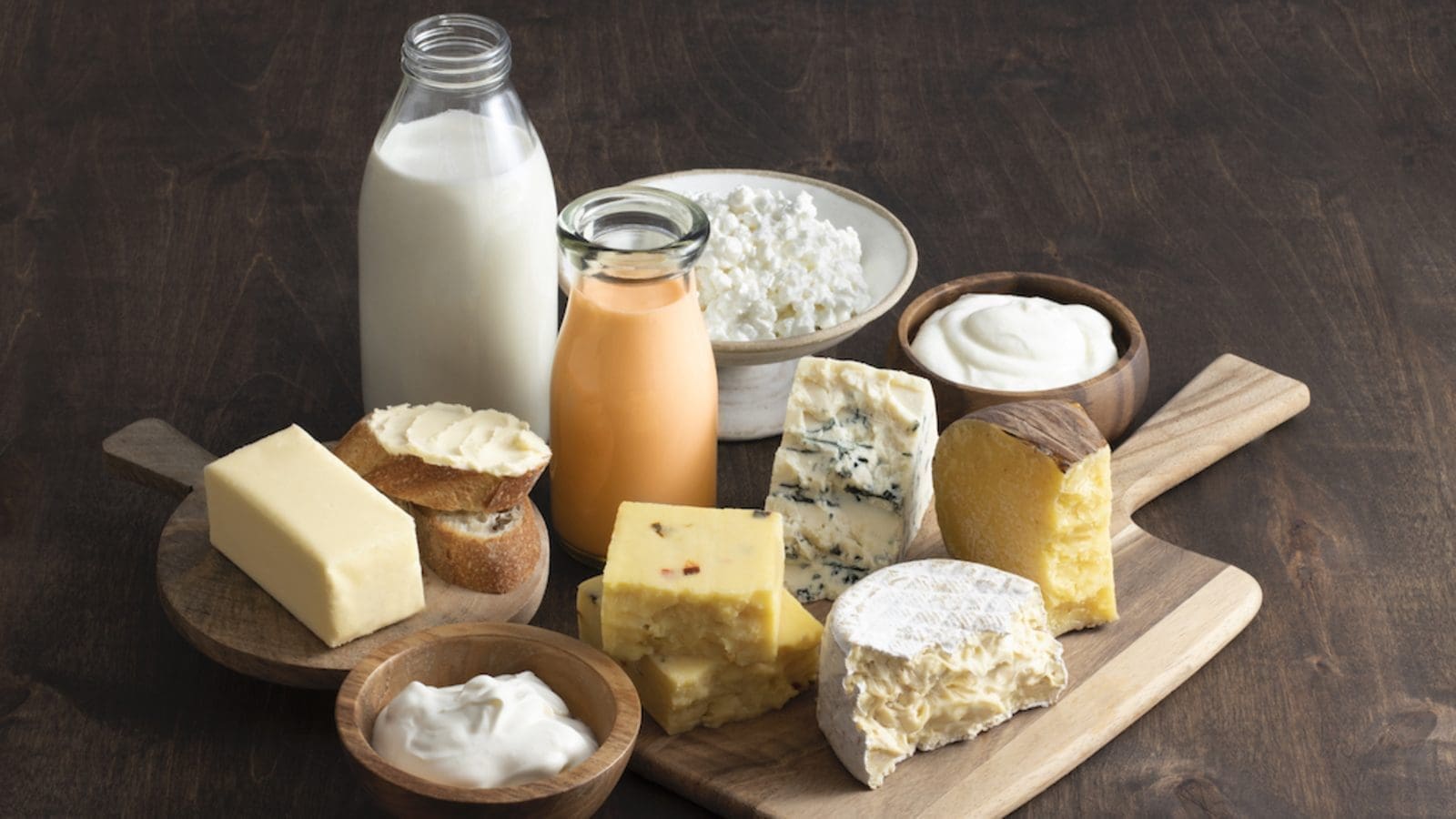KENYA – Nearly two years after an expose by a Kenyan media outlet on the rampant use of chemicals and preservatives by some butcheries and retailers to extend the shelf life of meat products, UK-based World Animal Protection has revealed that, a significant portion of chicken and pork meat sold in supermarkets is contaminated with bacteria or superbugs.
Superbugs according to WHO are strains of bacteria, viruses, parasites and fungi resistant to most antibiotics and other medications commonly used treat the infections they cause.
The World Animal Protection conducted a study between April and July 2020 that saw a total of 187 pork samples and 206 chicken samples collected from branches of six supermarkets in six selected counties of Kenya.
The counties are Nairobi, Kisumu, Nakuru, Laikipia, Uasin Gishu and Nyeri.
The samples were analysed for bacterial growth and sensitivity to WHO recognized antibiotics at the Center for Microbiology Research in Kenya Medical Research Institute (KEMRI), Nairobi.
The results showed a high prevalence of bacterial contaminants in pork and chicken with 184 pork samples accounting for 98.4 per cent and 199 chicken meat samples accounting for 96.6 per cent contaminated.
In the study, 38.5 per cent of the 525 bacterial isolates examined recorded resistance to more than 3 antibiotics.
This resistance was noted for high priority antibiotics on the WHO list such as Ciprofloxacin, Erythromycin, Vancomycin, Cefoxatime and Cefepime.
The most common contaminant was E. coli bacteria however known enteric pathogens such as Salmonella and Shigella were also isolated.
38.5% of the 525 bacterial isolates examined recorded resistance to more than 3 antibiotics
While a majority of the contaminants were not necessarily harmful, the presence of Salmonella and Shigella was concerning as it showed contamination originated from the farm level.
This is a worrying trend being driven by farmers who are giving antibiotics to their livestock to prevent them from getting sick due to low animal welfare provisions in their farms.
Dr Victor Yamo, campaigns manager at World Animal Protection, said 40 per cent of the antibiotics used to treat animals are not necessary and urged farmers to observe basic hygiene in order to avoid overreliance on medicines for sick livestock which end up being treatment-resistant and thus susceptible to infections.
The report showed there is a direct correlation between how animals are treated and the quality of the end product. Dr. Yamo noted that misuse of antibiotics in the food chain is impacting on public health.
“We need to understand the interconnectivity of all this. For example, when people learn there is a problem with meat, they start buying vegetables, yet it is these vegetables that are used as feeds by some for the animals… In another 8 years, we will be doubling what we consume in terms of antibiotics and that is a worrying trend,” indicated Dr. Yamo.
Studies have shown that poor animal welfare and stress factors have the potential of increasing the susceptibility of farm animals to diseases hence increasing the use of antimicrobials to control these infections while reducing the microbiological safety of animal products and threatening public health.
Dr Yamo called on the industry to improve animal welfare and responsible use of antibiotics urging international organisations, governments and veterinarians to support responsible use with suitable policy and regulation.
Interesting to note, the highest contamination was found in retailers own brands compared with cuts from other suppliers.
It is against this backdrop that supermarkets owners were urged to ensure they have strong food procurement policies with intent of cutting down the supply of contaminated foods.
Consumers on the other hand have been charged to ensure that they utilize their powers in ensuring that meat retailers adhere to the government policies on consumable products.
Liked this article? Subscribe to Food Business Africa News, our regular email newsletters with the latest news insights from Africa and the World’s food and agro industry. SUBSCRIBE HERE










